When it comes to flower arranging or preparing a fresh bouquet, one piece of advice often stands out: cut the stems at a 45-degree angle. This technique is frequently recommended by florists and gardening enthusiasts alike, but the reasoning behind it isn’t always clearly explained. Why does this specific angle matter so much? The answer lies in a combination of biology, physics, and a bit of floral folklore that has been passed down through generations.
The 45-degree angle isn’t just an arbitrary choice—it serves a very practical purpose. A slanted cut increases the surface area of the stem’s exposed end, allowing the flower to absorb more water. Flowers rely heavily on hydration to maintain their vibrancy and longevity, and a larger opening at the base of the stem means more efficient water uptake. Think of it like drinking through a wide straw versus a narrow one; the wider path simply lets more liquid flow through. This is especially crucial for flowers that have been out of water for even a short period, as their vascular systems can start to seal up, hindering their ability to drink.
Another benefit of the angled cut is that it prevents the stem from sitting flat at the bottom of a vase. When a stem is cut straight across, it can rest flush against the vase’s base, effectively creating a seal that blocks water absorption. The 45-degree angle ensures that the stem’s tip remains slightly elevated, keeping the vascular system open and functional. This small adjustment can make a significant difference in how long the flowers stay fresh, particularly for varieties with thicker or woodier stems that are more prone to sealing themselves off.
Beyond hydration, the angled cut also helps protect the stem from bacterial growth. When flowers are placed in water, bacteria naturally begin to multiply, and over time, these microorganisms can clog the stem’s vascular system. A clean, sharp cut made at an angle reduces the chance of the stem sitting in stagnant water, which slows down bacterial buildup. Some florists even recommend making a fresh cut every few days to further minimize this risk, especially if the water starts to appear cloudy or develop an odor.
Interestingly, the 45-degree rule isn’t universal—some florists prefer other techniques depending on the type of flower or the desired effect. For example, woody stems like those of roses or lilacs may benefit from a slight split or crush at the base to further enhance water absorption. Delicate flowers with softer stems, on the other hand, might not require such an aggressive approach. Yet, the 45-degree cut remains a reliable default because it balances effectiveness with simplicity, making it accessible even to those without formal floral training.
The tradition of cutting stems at an angle also has roots in historical practices. Long before modern science could explain the mechanics of water uptake, gardeners and flower sellers observed that certain methods kept blooms fresher for longer. Trial and error led to the adoption of techniques like the angled cut, which were then passed down as industry standards. Today, even as floral foam and other innovations have entered the scene, this age-old trick remains a staple in flower care.
So, the next time you trim a bouquet, remember that the 45-degree snip isn’t just a stylistic choice—it’s a small but powerful step toward keeping your flowers alive and thriving. Whether you’re a professional florist or simply someone who enjoys fresh flowers at home, this simple practice can make all the difference in extending the life and beauty of your blooms.
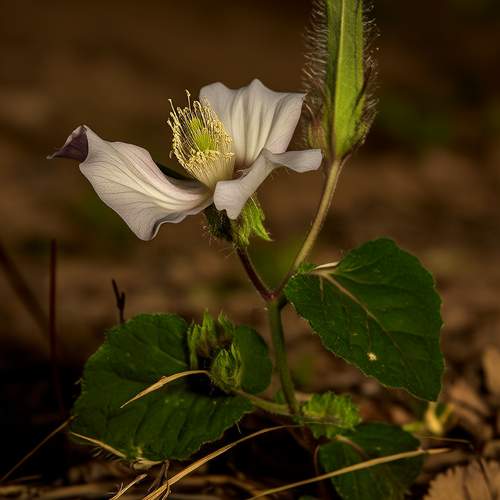
By /May 21, 2025

By /May 21, 2025

By /May 21, 2025

By /May 21, 2025

By /May 21, 2025

By /May 21, 2025

By /May 21, 2025
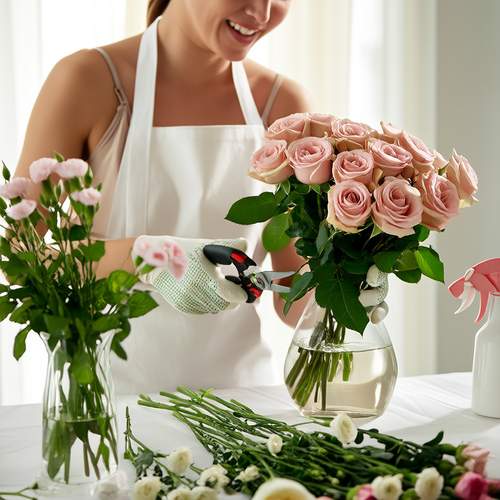
By /May 21, 2025
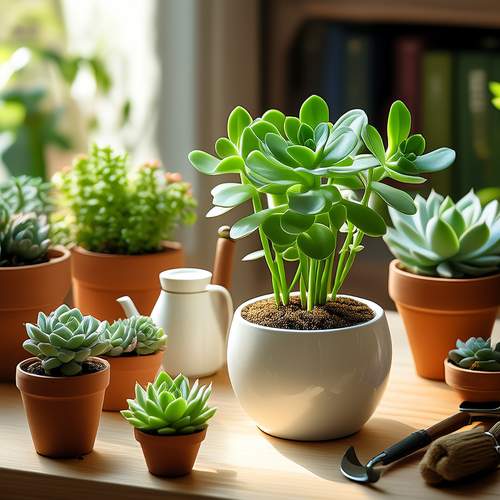
By /May 21, 2025
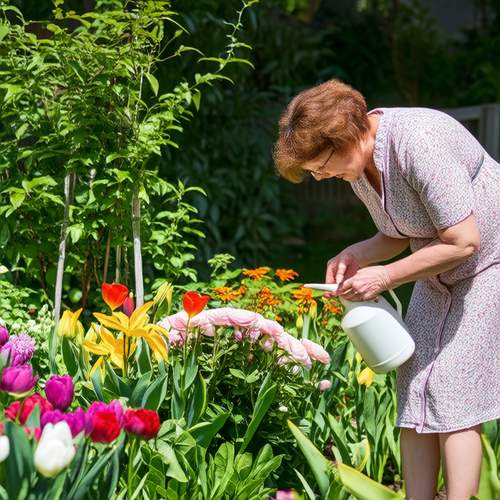
By /May 21, 2025
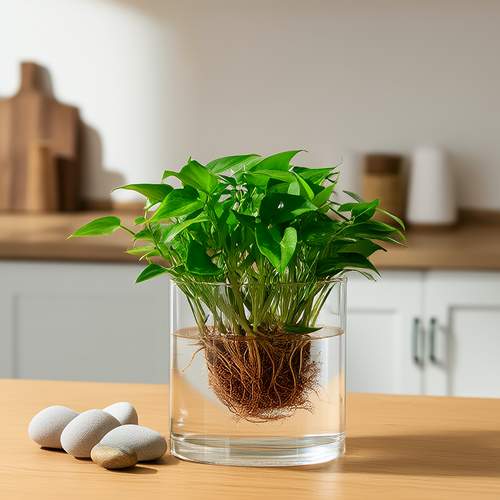
By /May 21, 2025

By /May 21, 2025

By /May 21, 2025

By /May 21, 2025

By /May 21, 2025
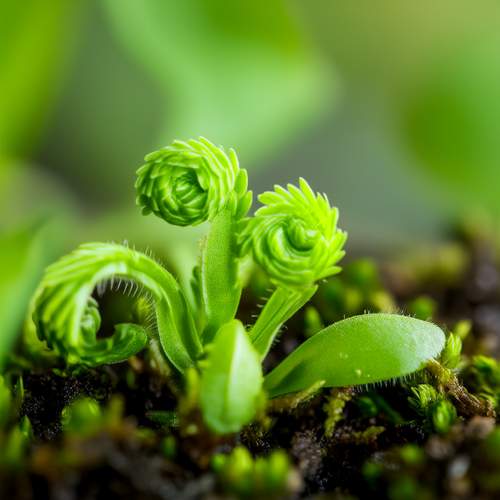
By /May 21, 2025
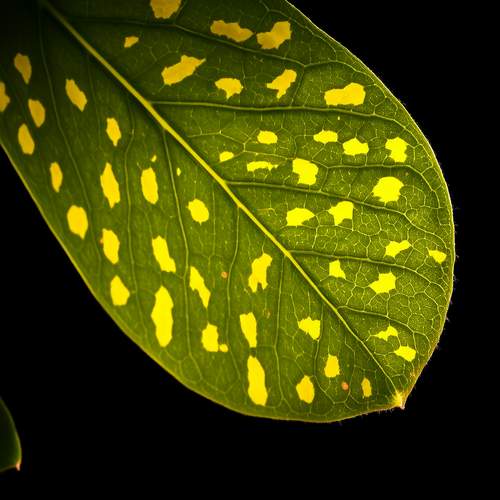
By /May 21, 2025
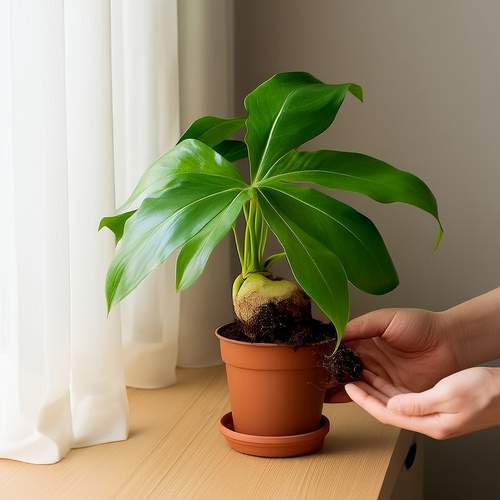
By /May 21, 2025

By /May 21, 2025
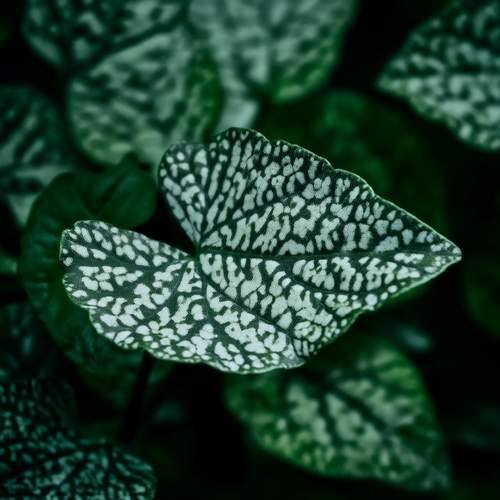
By /May 21, 2025